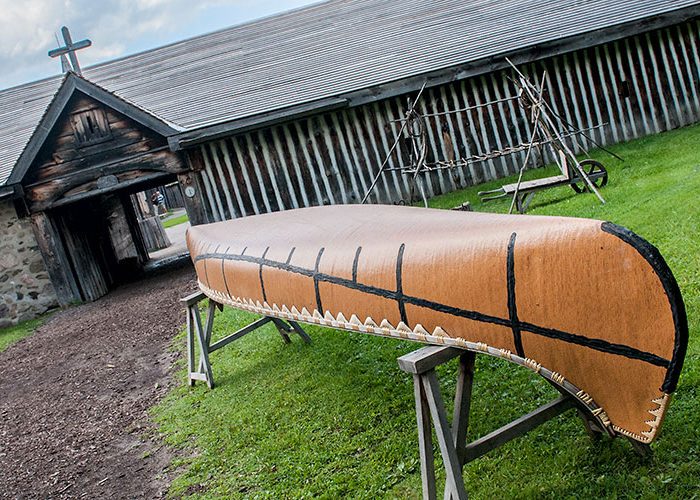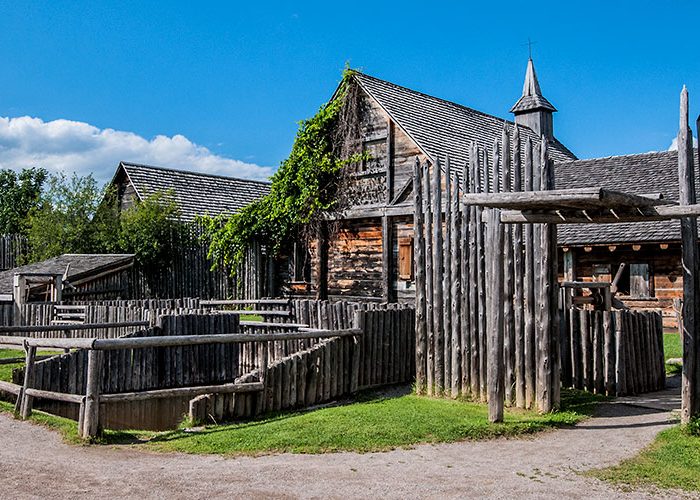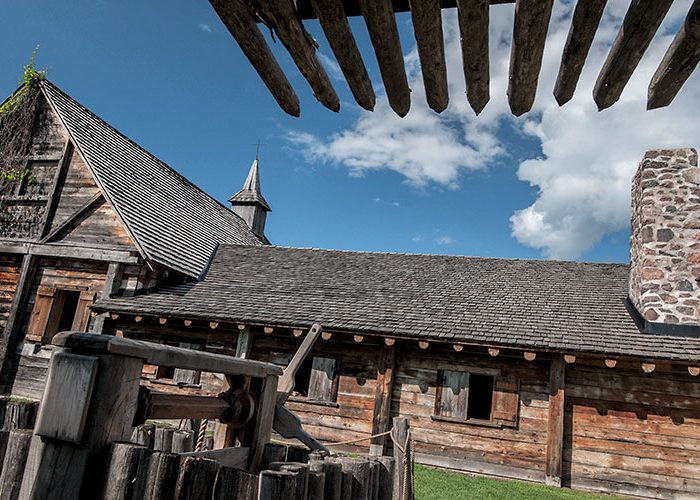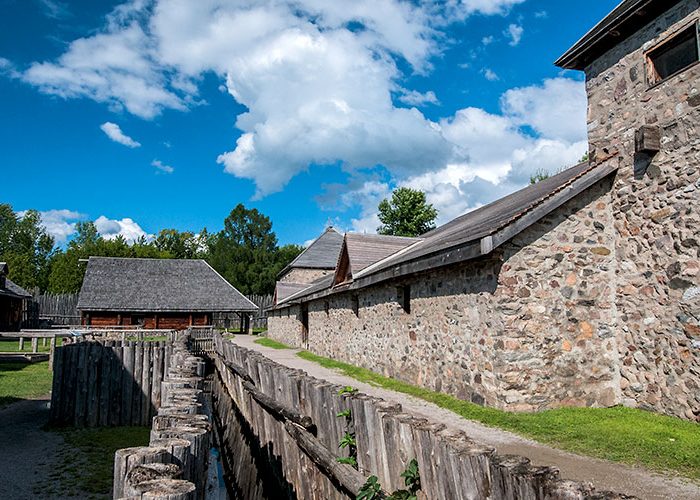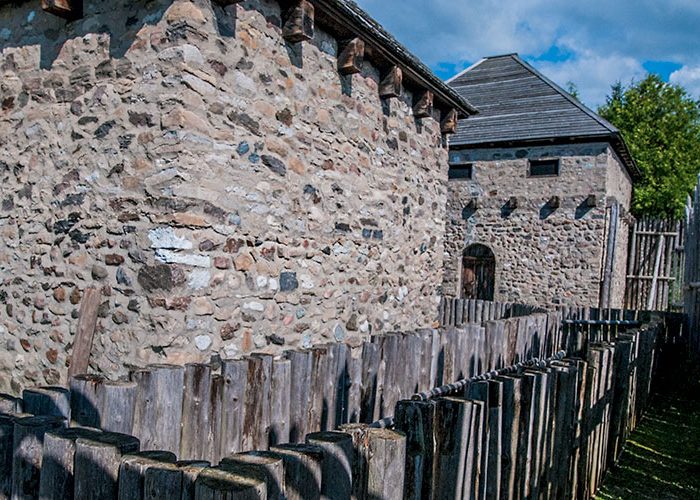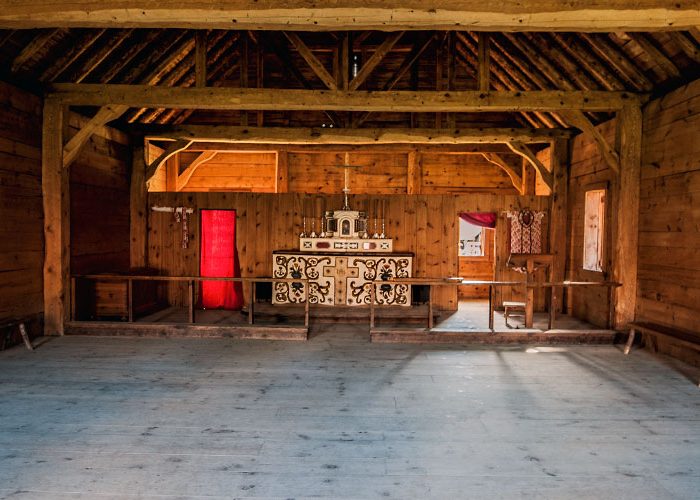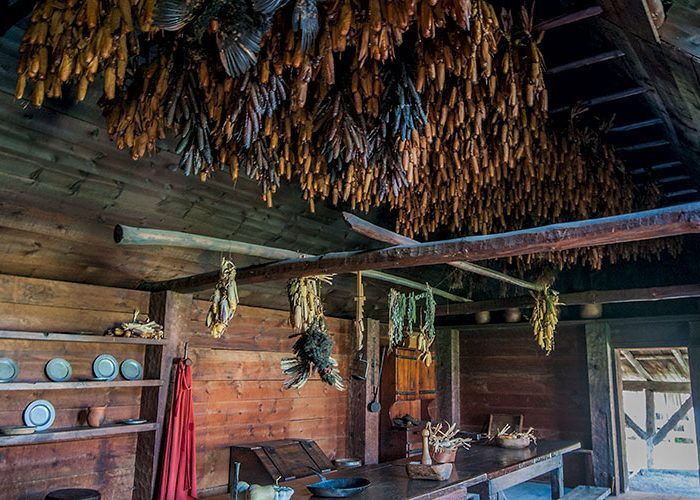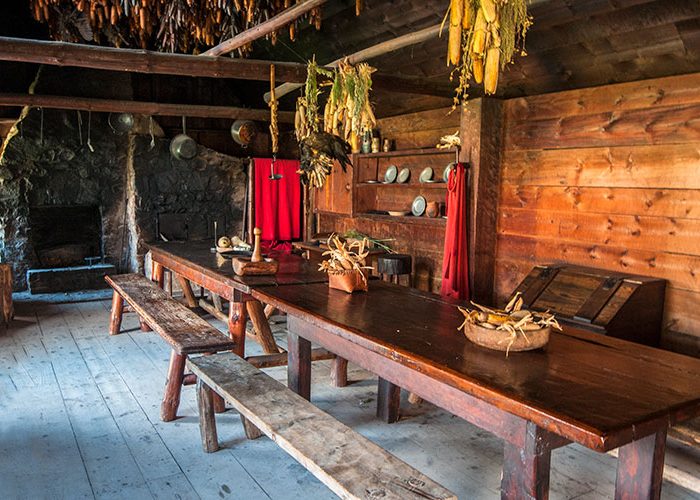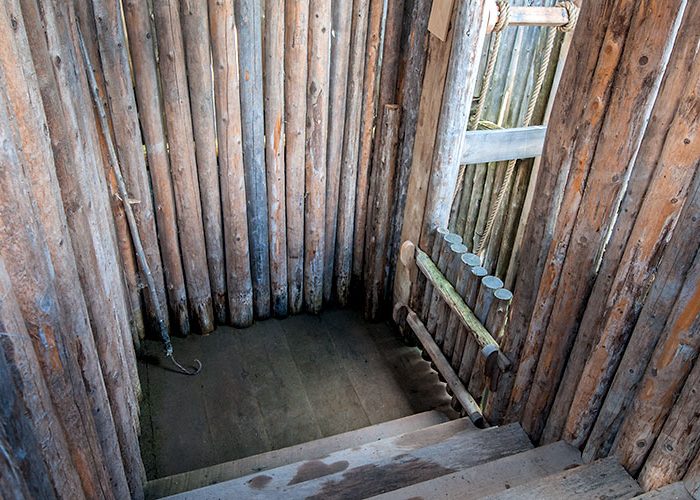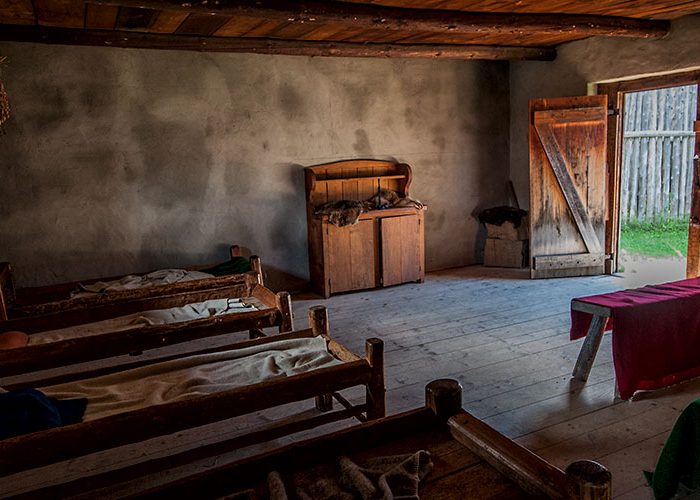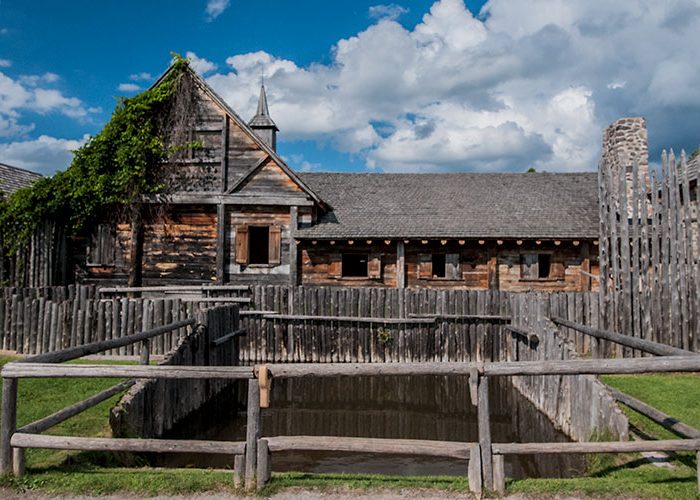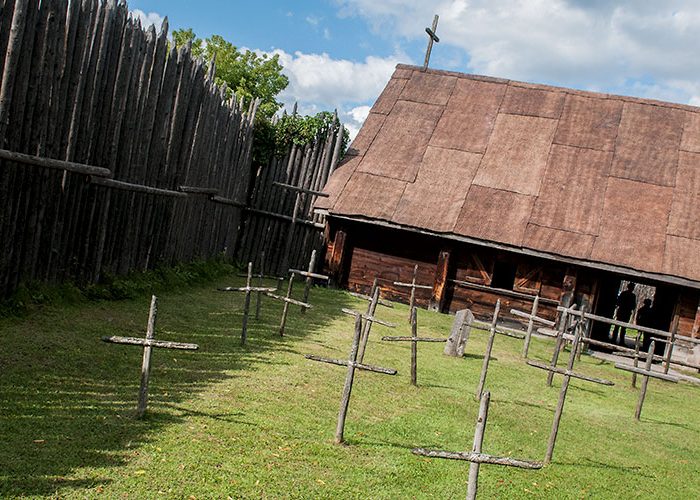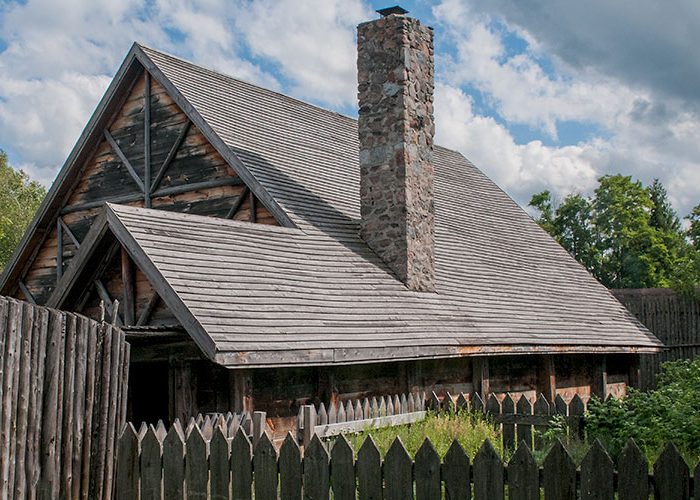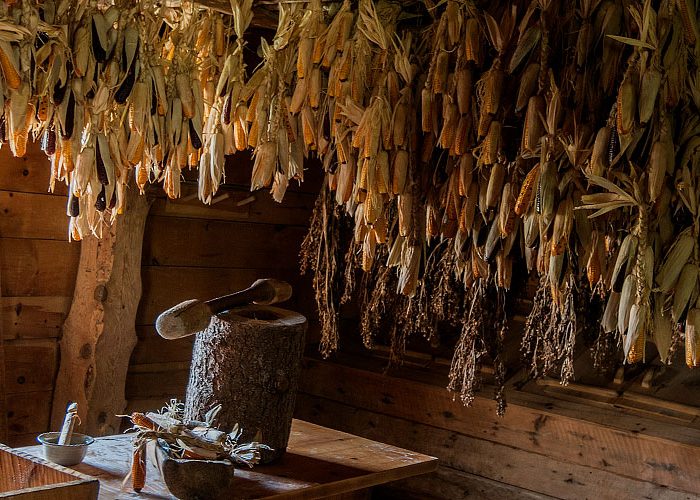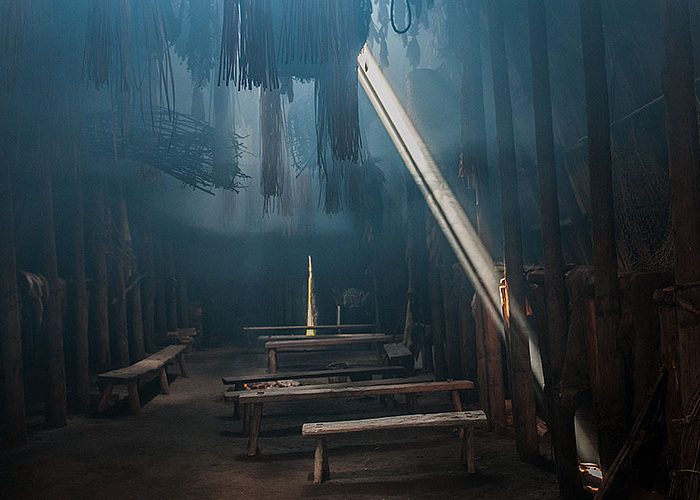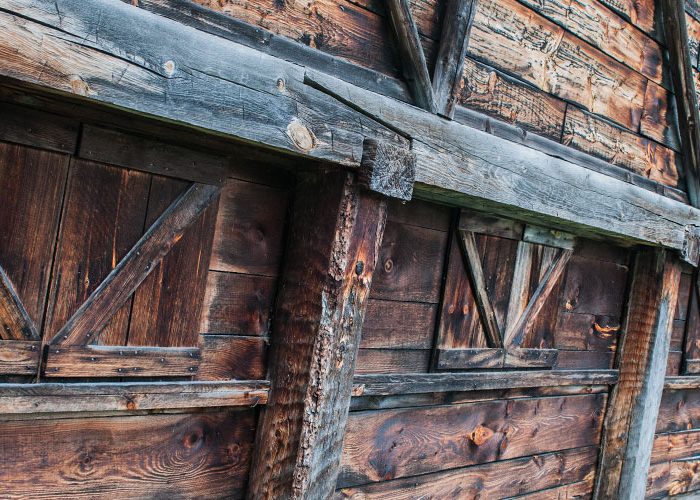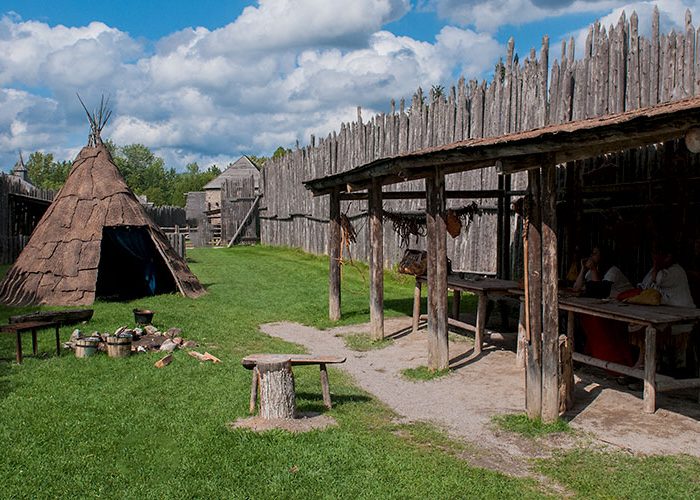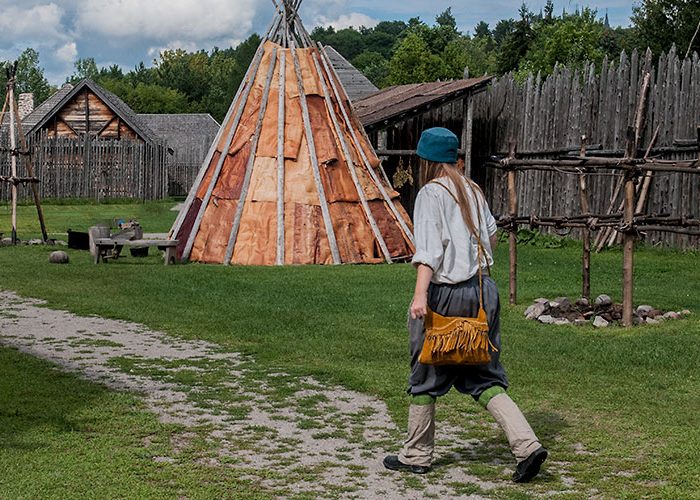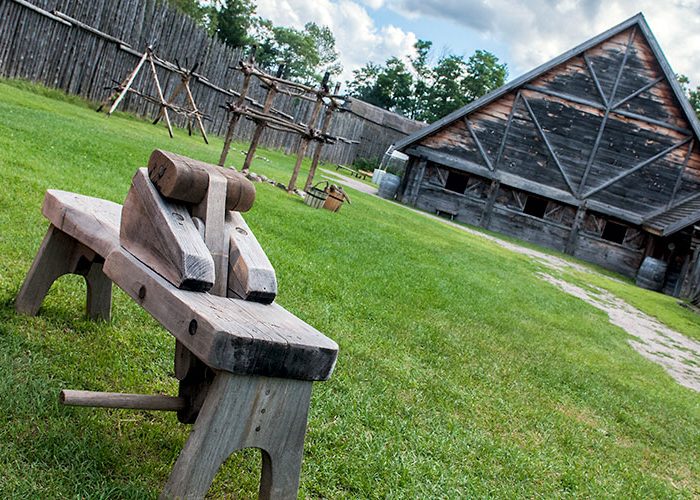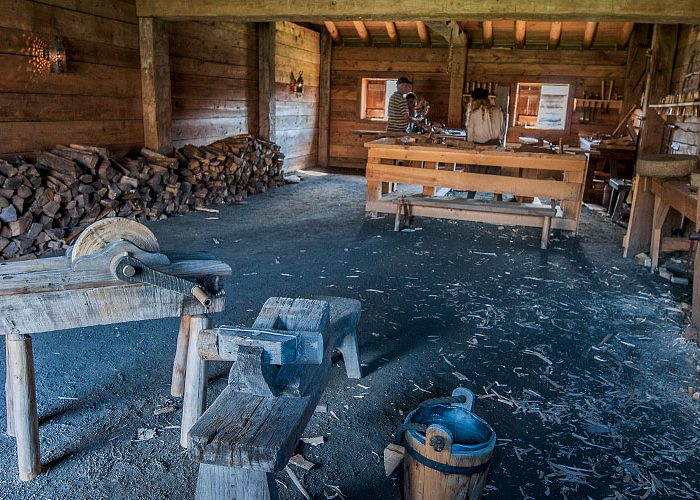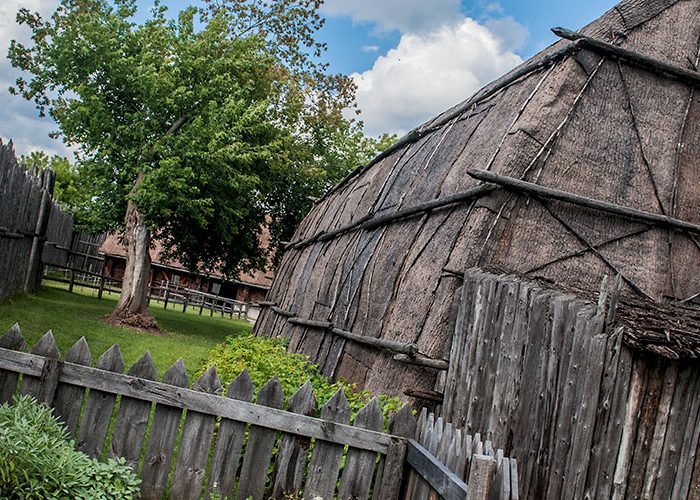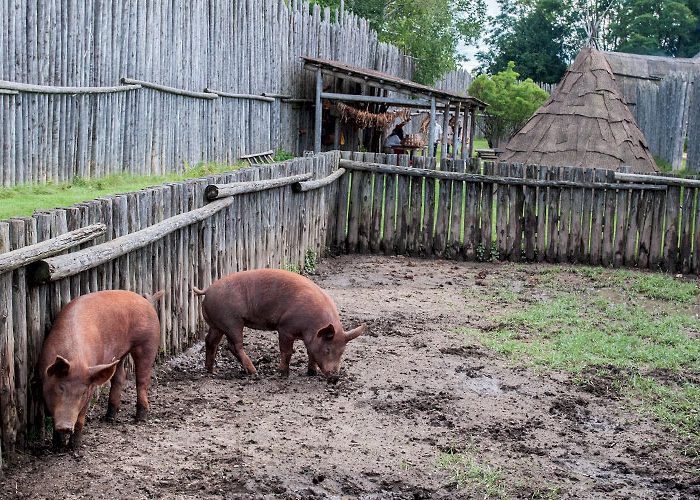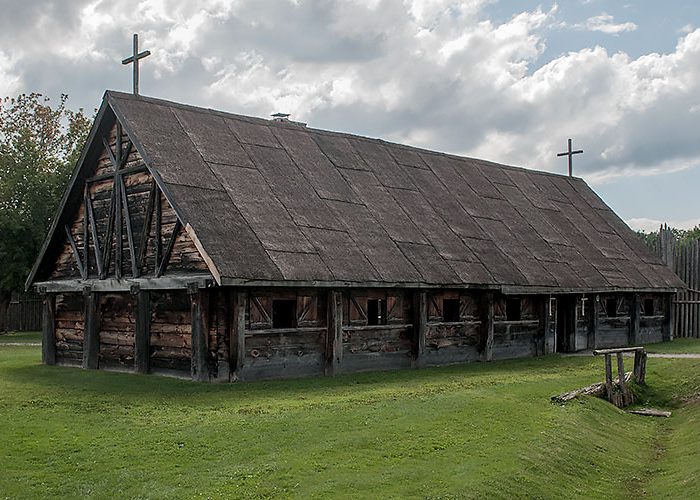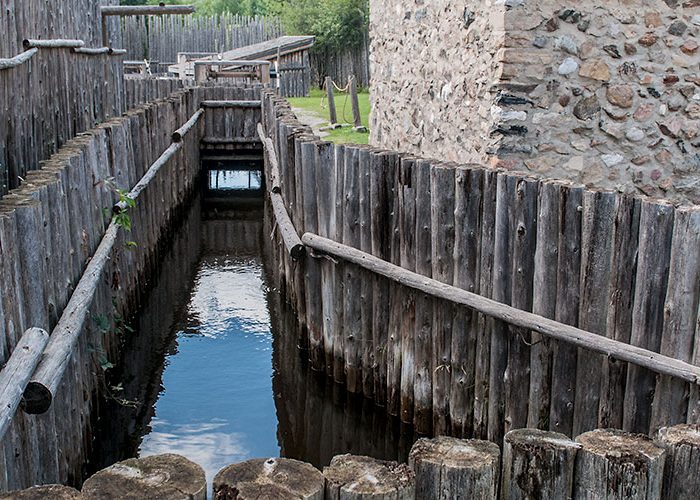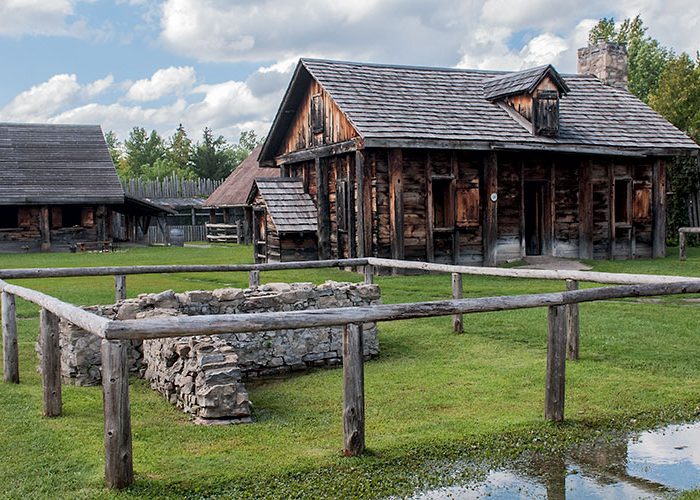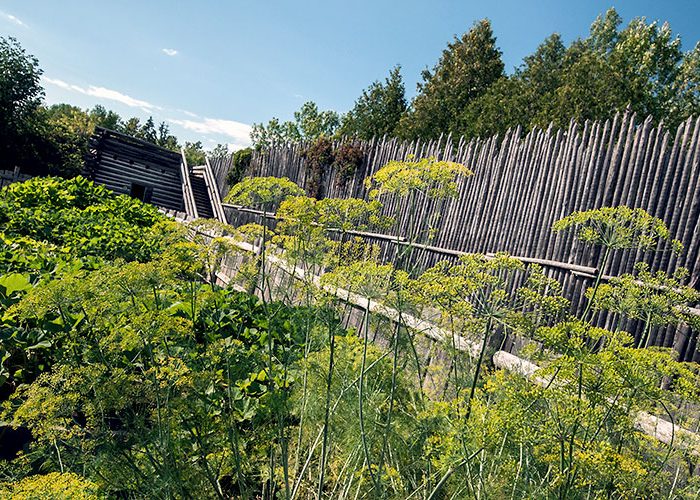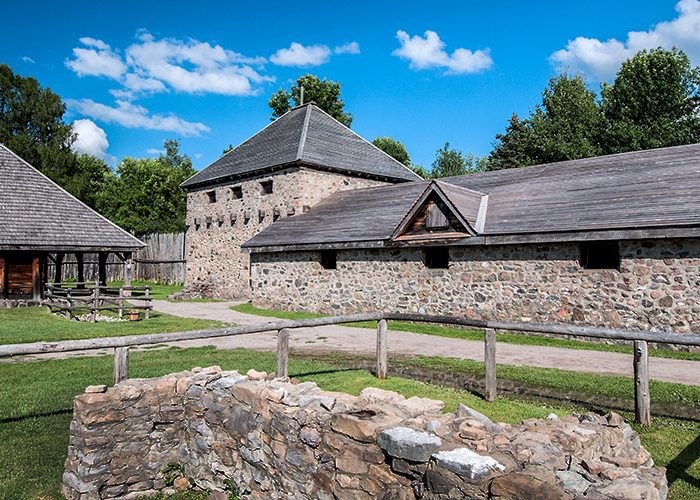Ontario’s first European Community, Sainte-Marie among the Hurons was the headquarters for the French Jesuit Mission to the Huron Wendat people.
Short history. Sainte-Marie among the Hurons
In 1639, the Jesuits, along with French lay workers, began construction of a fenced community that included barracks, a church, workshops, residences, and a sheltered area for Native visitors.
On June 16, 1649, the missionaries chose to burn the mission rather than risk it being desecrated or permanently overrun by Iroquois in further attacks.
The story of Sainte-Marie among the Hurons dates back almost four hundred years.
Wendake (“the land apart”) was the ancestral homeland of the Huron Wendat nation, a branch of the Iroquoian family. The Wendat were a matrilineal society of skilled traders and farmers.
Following the trail of French explorer Samuel de Champlain, French Jesuit priests arrived in Wendake early in the 17th century.
An international order, the Jesuits operated like an army, dedicated to spreading Catholicism throughout the world. They believed that the first step in converting a person to Christianity was to educate him.
The Jesuits established themselves in Wendake.
They travelled from village to village, learning the Wendat language and customs, and preaching to the Native people.
Their Superior, Father Jérome Lalemant, dreamed of “building a house apart, remote from the vicinity of the villages, that would serve among other things for the retreat and meditation of our evangelistic labourers.”
Courageous laymen travelled from France to build a mission on the banks of the Isaraqui (Wye) River in 1639. It was named Sainte-Marie among the Hurons. Huron is the French name for Wendat.
Hard work and dedication soon brought Sainte-Marie to virtual self-sufficiency, an impressive achievement for a community 1,200 kilometres from Quebec. It was to last only 10 years.
In the 17th century, the land we know as Canada was New France.
The population numbered in the low hundreds, and most of the people lived along the Saint Lawrence River, their livelihood based on fish, furs and fledgling agriculture. We know the story of Sainte-Marie among the Hurons from the annual reports written by the Superior at Sainte-Marie.
The reports, known as the Jesuit Relations, were sent to France via Quebec. The report written by Father Paul Ragueneau tells us the story of heartbreak and despair that led to the abandonment of Sainte-Marie among the Hurons.
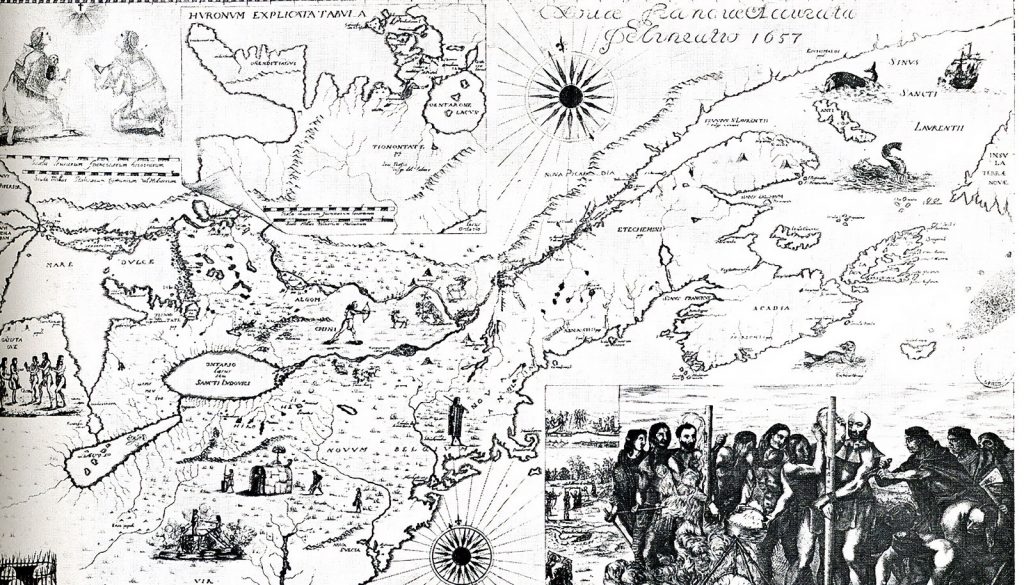
In the spring of 1649, attacks by the Iroquois increased.
Under growing pressure, the Jesuit missionaries, their helpers and Wendat followers burned the settlement and abandoned it. They fled to St. Joseph Island (now Christian Island), where they endeavoured to establish a new Sainte-Marie. After a terrible winter of starvation and constant attack, the Frenchmen and the Christian Wendat returned to Quebec. Eight of the missionaries were martyred in the Huron-Iroquois War. Owing to the proximity of their deaths to Sainte-Marie, the French recovered the bodies of Brébeuf and Lalemant to be buried at the mission
On June 16, 1649, the missionaries chose to burn the mission rather than risk it being desecrated or permanently overrun by Iroquois in further attacks
Father Paul Ragueneau wrote:
“We ourselves set fire to it, and beheld burn before our eyes and in less than one hour, our work of nine or ten years.”
The Huron were settled on l’île d’Orléans in Quebec, where the Iroquois attacked the community.
The surviving Wendat stayed in Quebec, and eventually gathered at Jeune Lorette in 1697, where they established their Huron culture and a nation known as Loretteville or Wendake. Today, it remains one of the largest Huron Wendat communities in Canada. At Sainte-Marie among the Hurons in Ontario, the grave of the martyred priests Brébeuf and Lalemant is a sacred place of Christian pilgrimage.
The ruins of Sainte-Marie lay undisturbed for almost three centuries.
Archaeological excavations and historical research provided the information to accurately reconstruct many of the original mission buildings seen here today.
Starting in 1964, Sainte-Marie was reconstructed as a historical site and living museum. All of the buildings and their contents are reproductions. The site is managed by Huronia Historical Parks, an agency of the Ontario Ministry of Tourism and Culture.
We recommend the books:
Jean de Brébeuf: Saint among the Hurons / Francis X. Talbot / 2018
Wilderness Mission; The Story of Sainte-Marie-Among-the-Hurons / Hayes, John F. / 1969
We recommend the film: Black Robe (1991)
Visit Sainte-Marie among the Hurons

